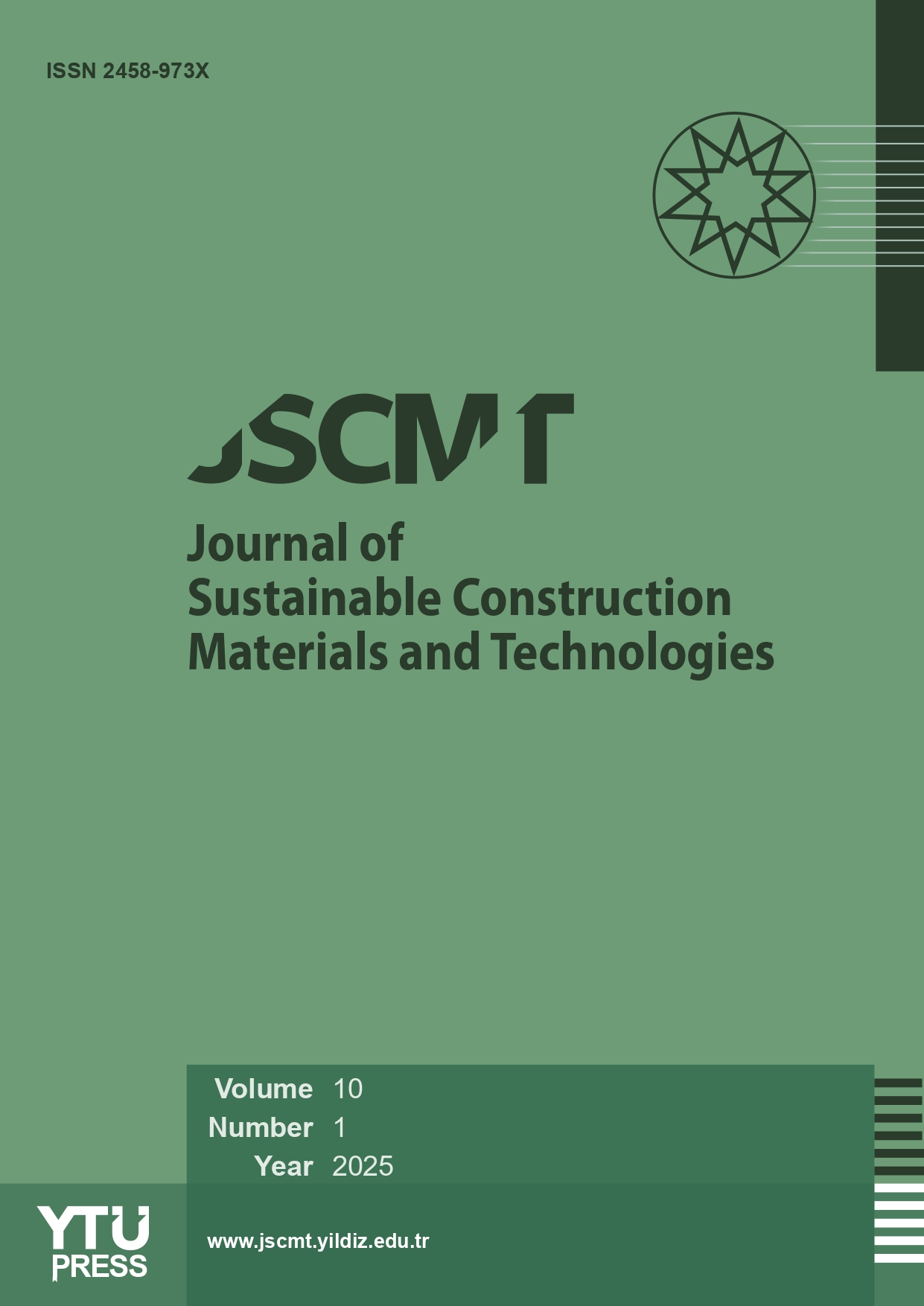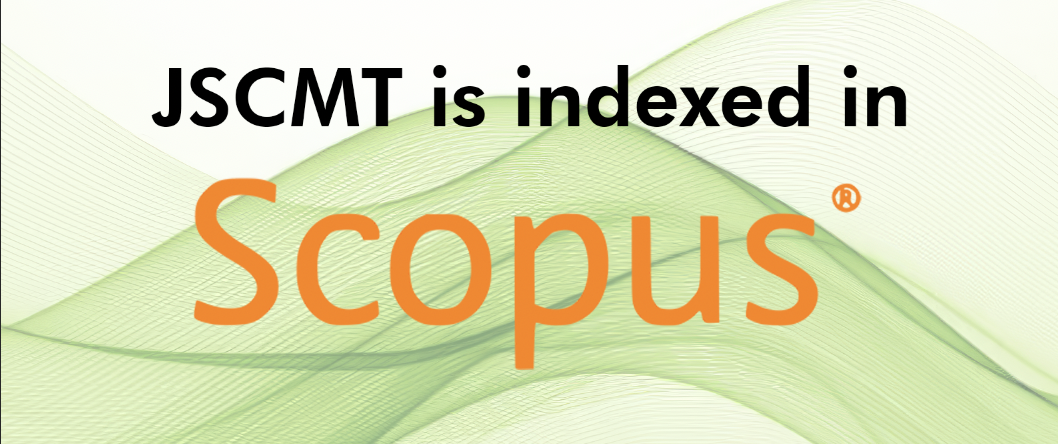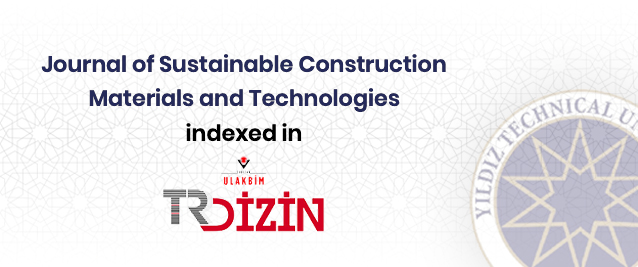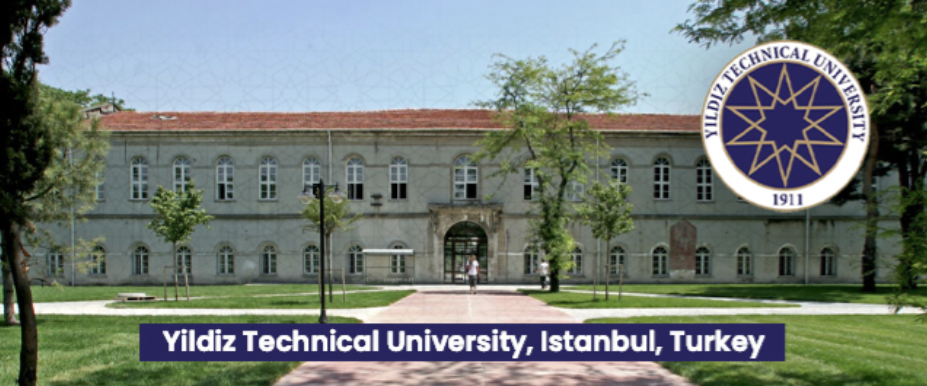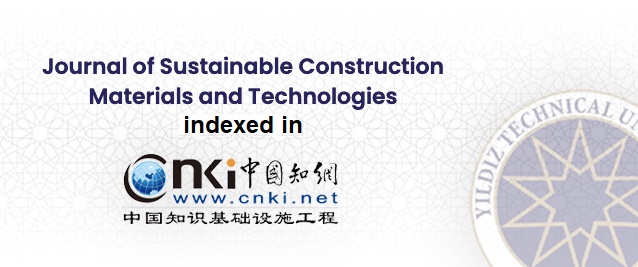Abstract
The selection process of material for slab construction must be well guided to ensure an effective and efficient slab. While numerous alternatives can be selected, some materials remain the dominant choice in the Nigerian construction industry. The usage of Concrete is now competing with eco-friendly materials such as Polystyrene and Hollow clay pot. This study researches into the life cycle cost of the three materials to determine the material with the lowest life cycle cost. It also assesses the environmental impacts posed by the production of the materials to the society. Cost data were retrieved from Design documents, Documented Bid Records, Bills of Quantities, Current documented prices, Maintenance schedules, and Slab Performance Models. Environmental Impact Assessment, structured interview, and Questionnaires were the collection instruments used to obtain assessment data. The analysis involved NPV discounting, Shadow pricing techniques, Sensitivity analysis, Descriptive statistics and Mean item scoring. The research discovered that although Concrete poses less cost on the slab users, Hollow clay pot slab possesses the lowest life cycle cost and differs from Polystyrene with a very close margin of less than 10%. Major environmental impacts posed by the production of the materials were air pollution, badlands due to excessive mining, gas flaring, and environmental waste. The study then recommends that Hollow clay pot and Polystyrene serve as a better alternative for the commonly used Concrete and should, therefore, be adopted for slab construction.


